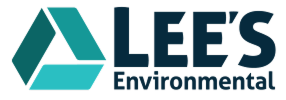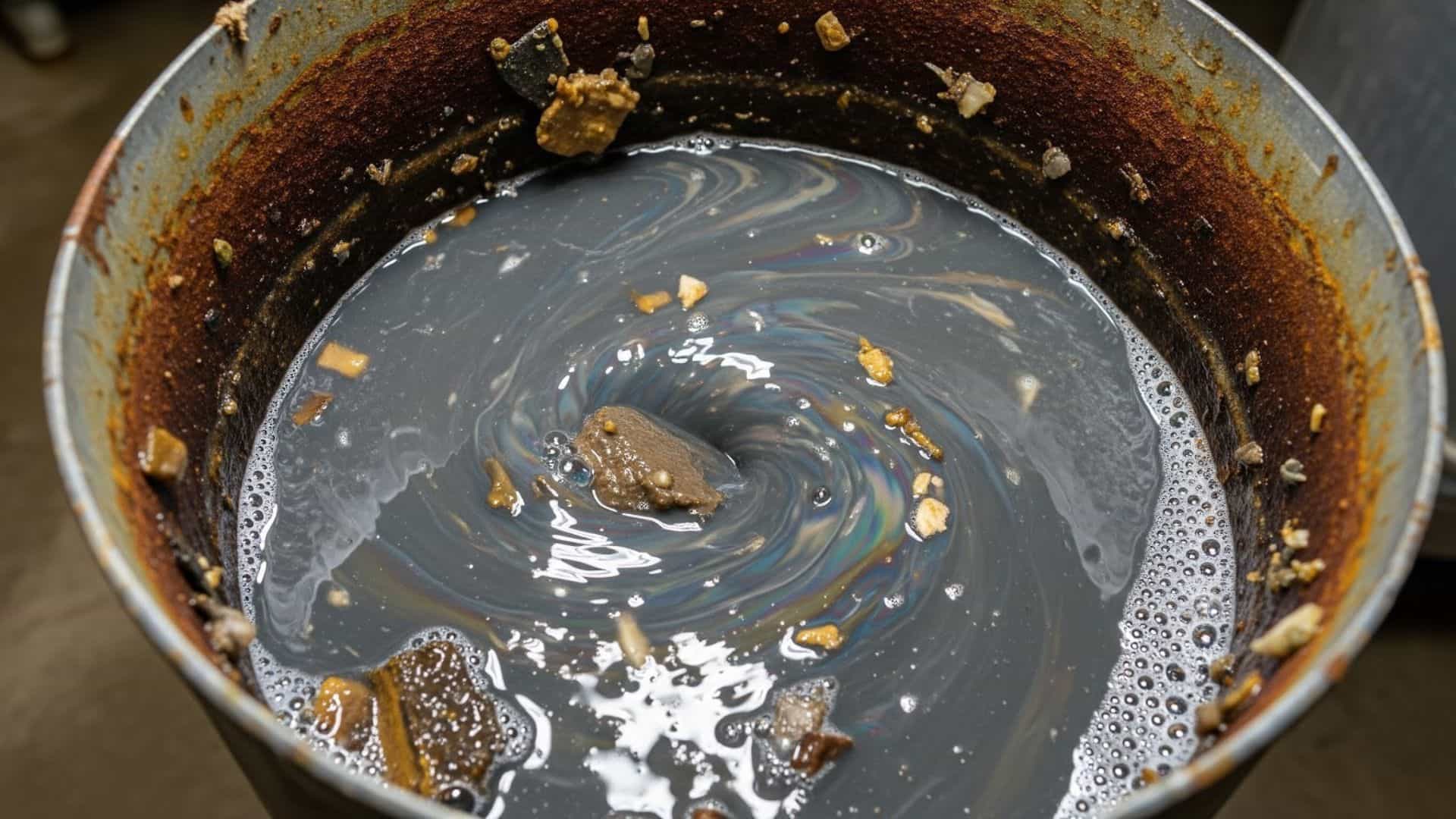Trade waste disposal done well protects your people, cuts costs, and keeps you compliant.
Trade waste customers, whether in food or industrial business discharges trade waste in some manner. Doing so improperly can create massive problems.
In this guide, we break down the most effective trade waste collection and disposal methods in Australia, and show you how to build a simple, compliant plan that works on the ground.
What is trade waste?
Trade waste is commercial and industrial waste generated by businesses — from offices and retail to food & beverage, logistics, and manufacturing.
It includes recyclables, organics, general waste, and liquid wastes such as grease trap residues and certain hazardous streams.
Some materials require specialist handling under Environmental Protection Agency (EPA) licence conditions. Never attempt to manage hazardous waste in-house. Engage a licensed provider like us at Lee’s Environmental.
Trade waste collection methods (Australia)
Kerbside and scheduled commercial collection
The most common approach is scheduled collection: specialist trucks collect waste from clearly labelled bins or skips on agreed days.
On-site equipment and storage
Higher-volume sites often use equipment to optimise space and logistics before collection.
- Balers for cardboard and soft plastics — reduce volume and transport costs.
- Compactors for general waste — fewer lifts, cleaner loading docks.
- Receiver boxes and tilt toppers — efficient for bulky streams.
- Hook-lift or skip bins — ideal for projects, fit-outs, and manufacturing offcuts.
Vacuum collection systems
Some precincts use small-bore vacuum tubes to move waste to a central point. While less common in Australia, they can reduce truck movements in dense developments.
Disposal and processing methods
Recycling (preferred route)
Source-separated or single-stream recycling turns materials into new products and usually costs less than landfill.
Many processors enforce tight contamination limits (as low as 1% in some areas), so clear signage and staff training matter.
Common streams include paper/cardboard, plastics, metals, glass, timber.
Organics recovery (composting and digestion)
Food and green waste can be diverted to composting or anaerobic digestion, turning organics into soil improver or biogas. Separating organics at source reduces odour, pests, and landfill fees.
Energy-from-waste (incineration with recovery)
For residual waste that can’t be recycled, energy-from-waste can reduce volume and recover energy.
Strict environmental controls apply; your provider should confirm compliance and reporting.
Sanitary landfill (last resort)
Landfill remains necessary for certain residues, but it should be the final option. Minimising landfill saves money, reduces emissions, and improves your sustainability profile.
Best-practice framework for commercial waste management
1) Conduct a waste audit with a trade waste team
Map what you generate by stream, location, and volume. A practical audit identifies quick wins (e.g., cardboard baling), contamination hotspots, and correct bin sizing.
This blog by Evoro outlines the benefits of a waste audit.
2) Segregate at the source
Use clear, consistent signage with images. Place bins where waste is created (prep areas, print stations, docks). Keep lids closed to control odours and pests.
3) Choose the right containers and services
Front-lift bins for regular light waste streams. Skip or hook-lift bins for bulky and project waste. Liquid waste tanks for grease traps and septic systems. On-site compactors/balers for volume efficiency.
4) Label, secure, and maintain
Label containers by waste type, keep lids tight-fitting, and protect from weather. Lock where necessary to prevent contamination or unlawful dumping.
5) Train your team
Short toolbox talks, simple posters, and supervisor refreshers drive compliance and reduce contamination fees.
6) Monitor, report, and improve your trade waste agreement
Review lift reports, contamination notices, and weights monthly. Adjust bin sizes, pick-up frequency, or signage based on data.
Hazardous and complex liquid waste: when to call specialists
Some trade wastes are hazardous and require specialist collection, transport, and treatment under EPA-licensed procedures.
- Do not handle these yourself — it risks safety, environmental harm, and breaches of regulation.
- Engage a licensed contractor with proven chain-of-custody and incident reporting.
- Chemicals and solvents, contaminated rags, spill residues.
- Oily water, coolant, paints, adhesives, and resins.
Batteries, fluorescent lamps, e-waste, and clinical by-products. Grease trap waste and septic waste (hospitality and facilities).
Lee’s Environmental collects, transports, and processes hazardous and liquid wastes under strict procedures — protecting people, assets, and the environment. Spill? Call our 24/7 team now.
Cost drivers (and how to reduce them)
- Volume and density: compact or bale to reduce lifts and transport.
- Contamination: cleaner streams = lower processing fees.
- Container and access: right bin size and clear access cuts service time surcharges.
- Pick-up frequency and distance: optimise schedules and consolidate sites.
- Treatment route: recycling and organics usually beat landfill on cost and impact.
- Reporting requirements: comprehensive reporting adds value for audits; plan it upfront.
- Quick wins: bale cardboard, add organics bins in kitchens, run a 10-minute induction for staff, and right-size general waste bins after a one-month trial.
Simple 4-step plan to get started
- Book a waste audit with a licensed provider to baseline volumes and streams.
- Set up clearly labelled containers and colour-coded signage at source.
- Introduce on-site equipment (balers/compactors) where volumes justify it.
- Agree a collection schedule, reporting pack, and contamination thresholds.
Why partner with Lee’s Environmental
Lee’s Environmental provides total waste solutions across Australia’s eastern seaboard, with a pragmatic focus on safety, compliance, and rapid response.
This includes EPA-licensed hazardous and liquid waste collection and disposal. Industrial and civil services like non-destructive digging, high-pressure clean and capture, and tank cleaning.
We also offer 24/7 emergency spill response with full chain-of-custody reporting.









